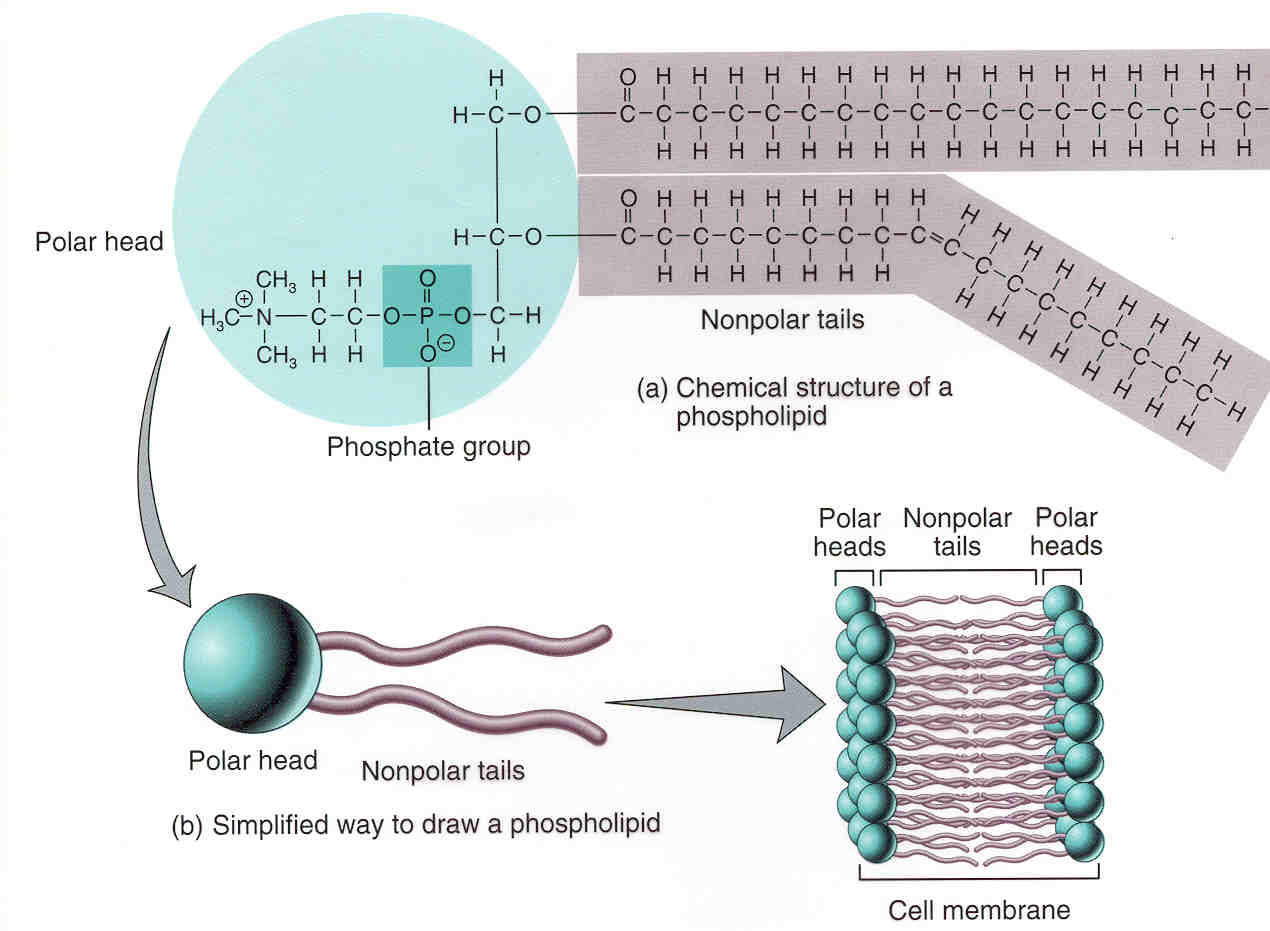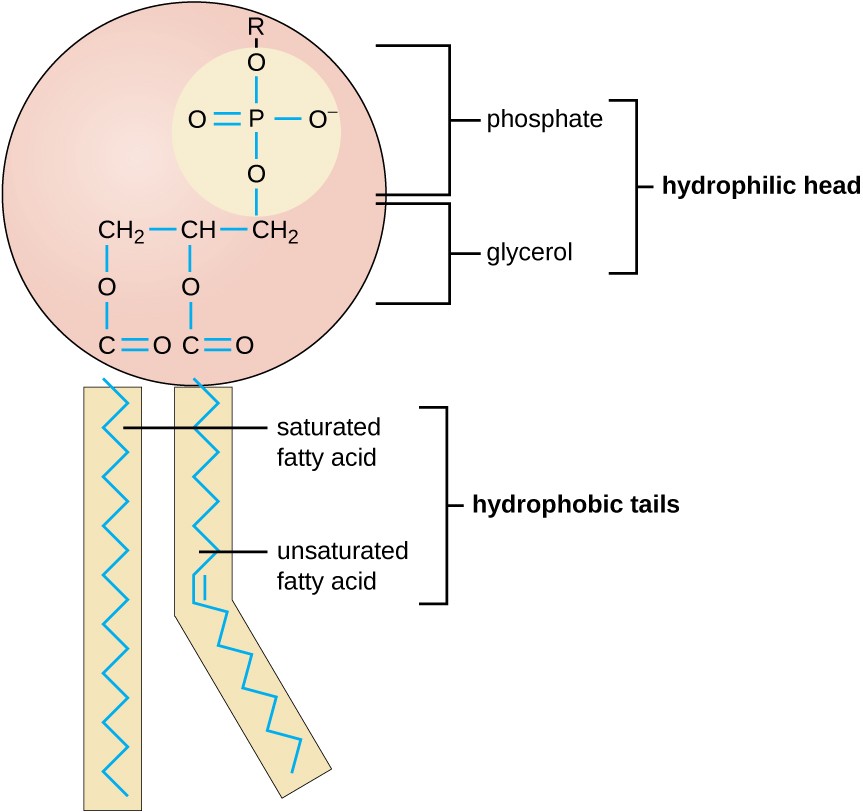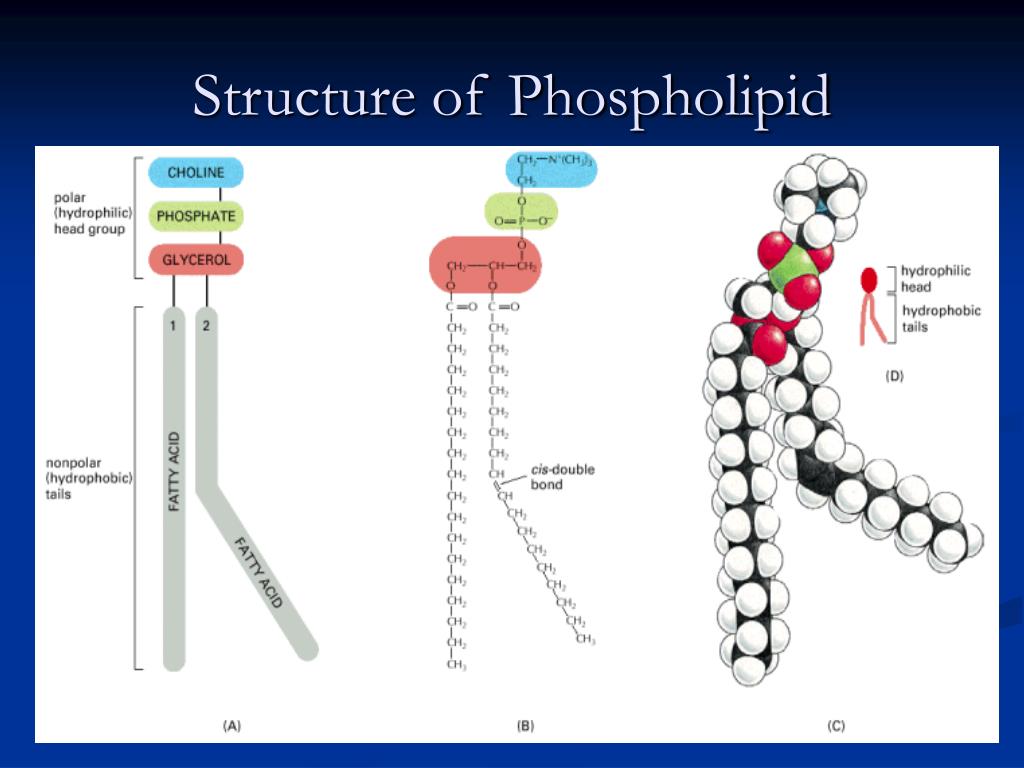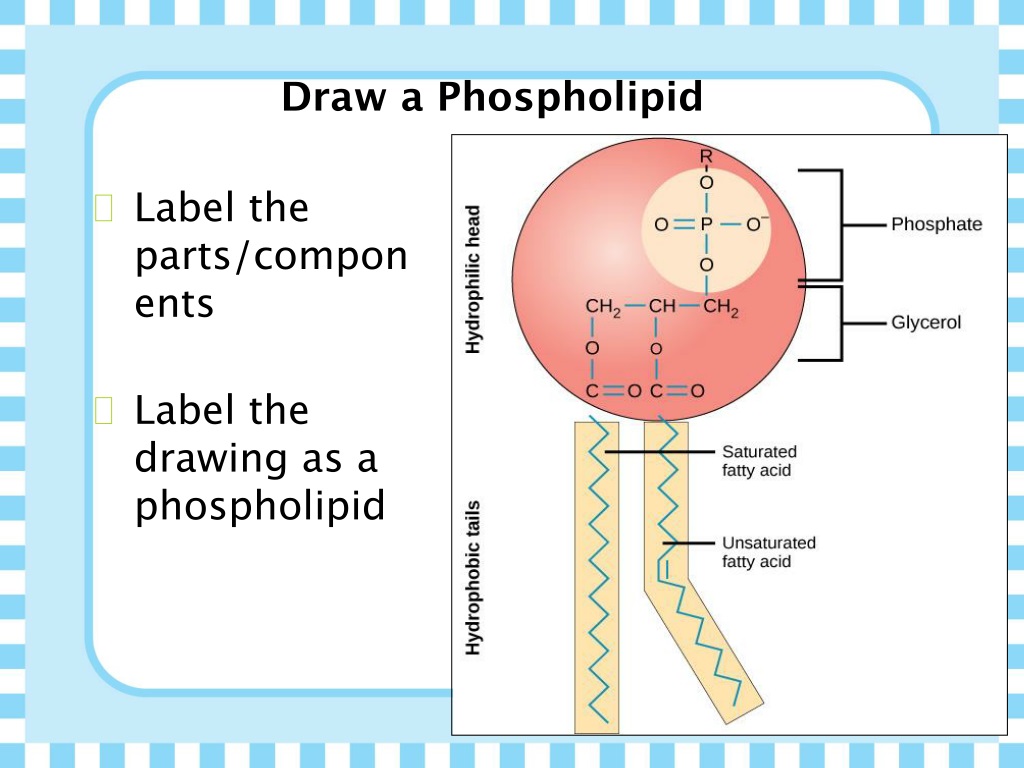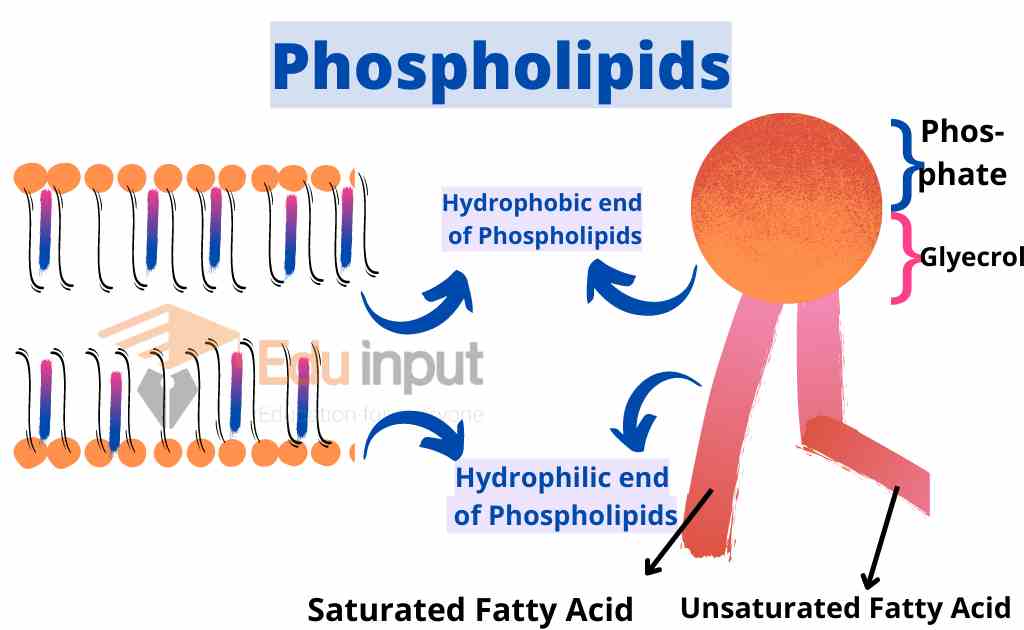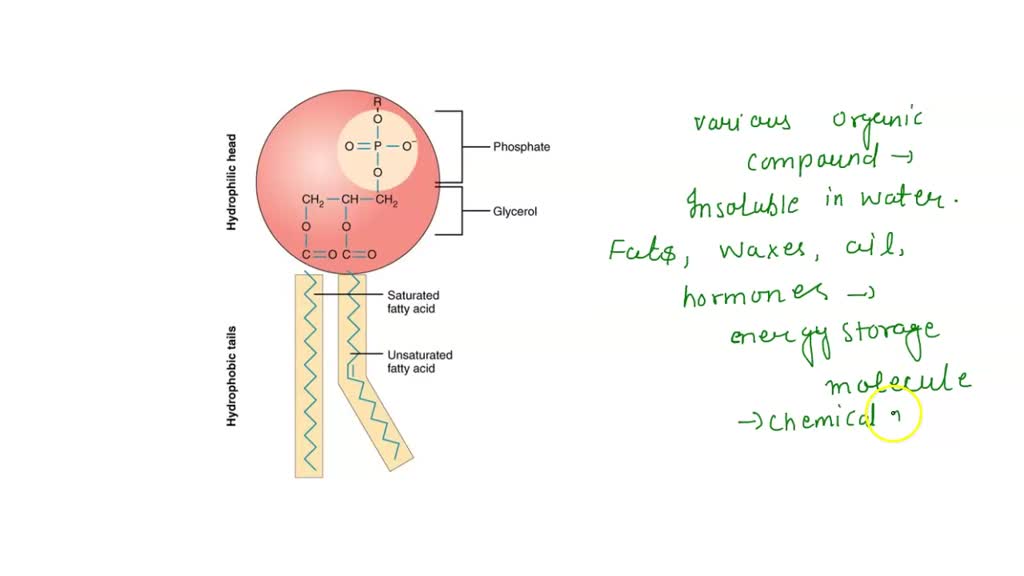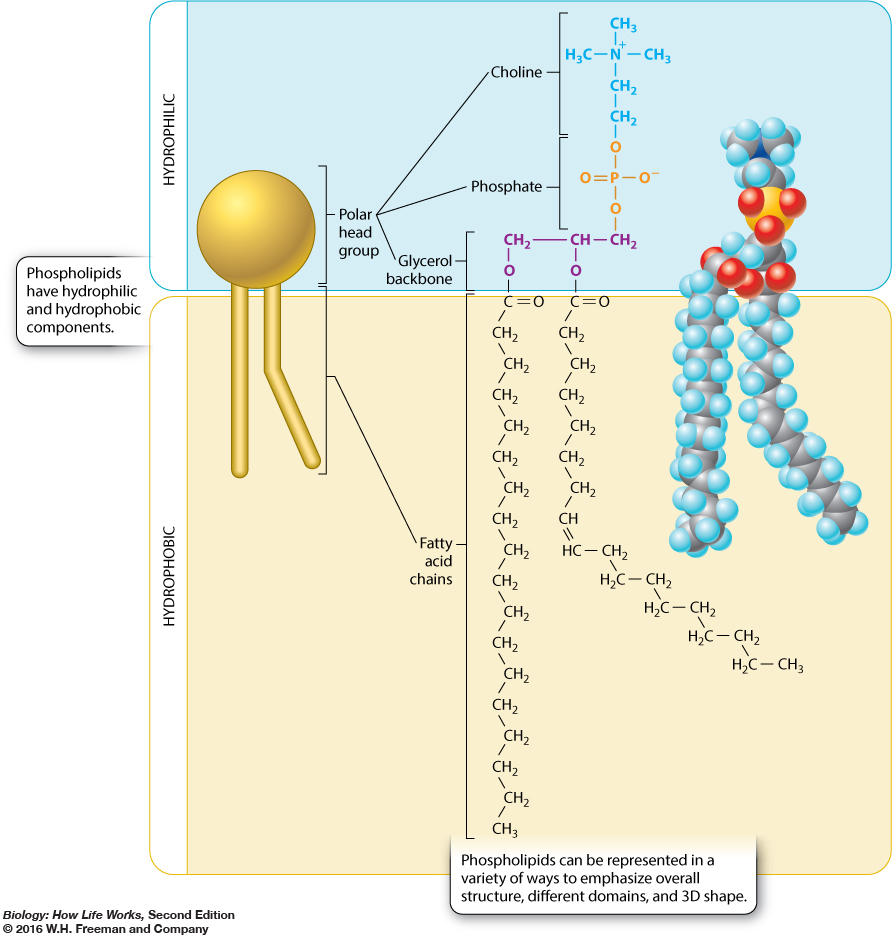Label The Different Components Of A Phospholipid.
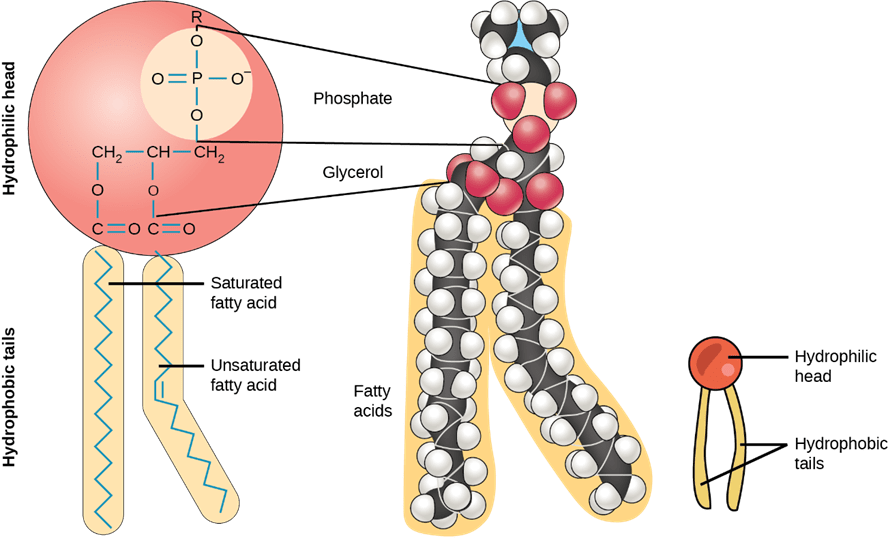
Urgent clarification is needed: Understanding the basic building blocks of life demands accurate phospholipid identification. Mislabeling compromises research and educational accuracy, potentially leading to flawed conclusions.
This article presents a concise guide to identifying the key components of a phospholipid molecule. It provides essential details for students, researchers, and anyone seeking a foundational understanding of cell biology and biochemistry.
Key Components of a Phospholipid: A Detailed Breakdown
A phospholipid, the primary component of cell membranes, features a unique structure. This structure dictates its critical role in creating a barrier between the inside and outside of cells.
1. The Phosphate Group: Defining the "Phospho-"
The phosphate group is the "phospho-" part of the phospholipid. It is derived from phosphoric acid (H3PO4) and is negatively charged. This negative charge contributes to the hydrophilic, or "water-loving," nature of the head of the molecule.
The phosphate group is typically attached to another molecule, such as choline, ethanolamine, serine, or inositol. This attachment modifies the properties of the head group.
2. The Glycerol Backbone: The Central Scaffold
Glycerol is a three-carbon alcohol that forms the backbone of the phospholipid. Two of glycerol's hydroxyl (-OH) groups are esterified to fatty acids.
The third hydroxyl group is esterified to the phosphate group, creating the head of the phospholipid.
3. Fatty Acid Tails: The Hydrophobic Core
Fatty acids are long hydrocarbon chains, typically ranging from 14 to 24 carbon atoms. These chains are hydrophobic, meaning they repel water.
A phospholipid typically has two fatty acid tails attached to the glycerol backbone. One tail may be saturated (containing only single bonds between carbon atoms) while the other may be unsaturated (containing one or more double bonds).
Unsaturated fatty acids create kinks in the tail, impacting membrane fluidity.
4. Head Group (Variable): Modifying Properties
The head group, attached to the phosphate, contributes to the overall polarity and function of the phospholipid. Common head groups include choline, ethanolamine, serine, and inositol.
The identity of the head group influences the phospholipid's interactions with other molecules and its role in membrane signaling. For example, phosphatidylinositol plays a crucial role in cell signaling pathways.
Putting It All Together: The Amphipathic Nature
The combination of a hydrophilic (water-loving) head and hydrophobic (water-fearing) tails gives phospholipids their amphipathic nature. This is fundamental to their function.
This amphipathic property enables phospholipids to spontaneously form bilayers in aqueous solutions. The hydrophobic tails cluster together in the interior of the bilayer, while the hydrophilic heads interact with the surrounding water.
This bilayer structure is the basis of all biological membranes.
Diagrammatic Representation (Simplified)
To simplify, imagine a phospholipid as a "lollipop." The "candy" part represents the hydrophilic head (phosphate group and attached molecule), while the "stick" represents the hydrophobic tails (fatty acids).
This model helps visualize how phospholipids arrange themselves in a bilayer.
Consequences of Misidentification
Incorrectly labeling any of these components can have significant implications. It could lead to misunderstandings of membrane structure and function.
For instance, mistaking the head group could lead to incorrect assumptions about cell signaling pathways.
Next Steps and Ongoing Developments
Efforts are underway to develop interactive online resources for phospholipid identification and education. These resources will aid in correct labeling and facilitate a deeper understanding of these vital molecules.
Further research is focusing on the specific roles of different phospholipid types in various cellular processes. This will provide a more detailed understanding of their importance.
Continual updates to phospholipid nomenclature and identification protocols are essential for maintaining accuracy in scientific research and education. Ensuring the correct identification of these components is crucial for continued progress in biology and medicine.
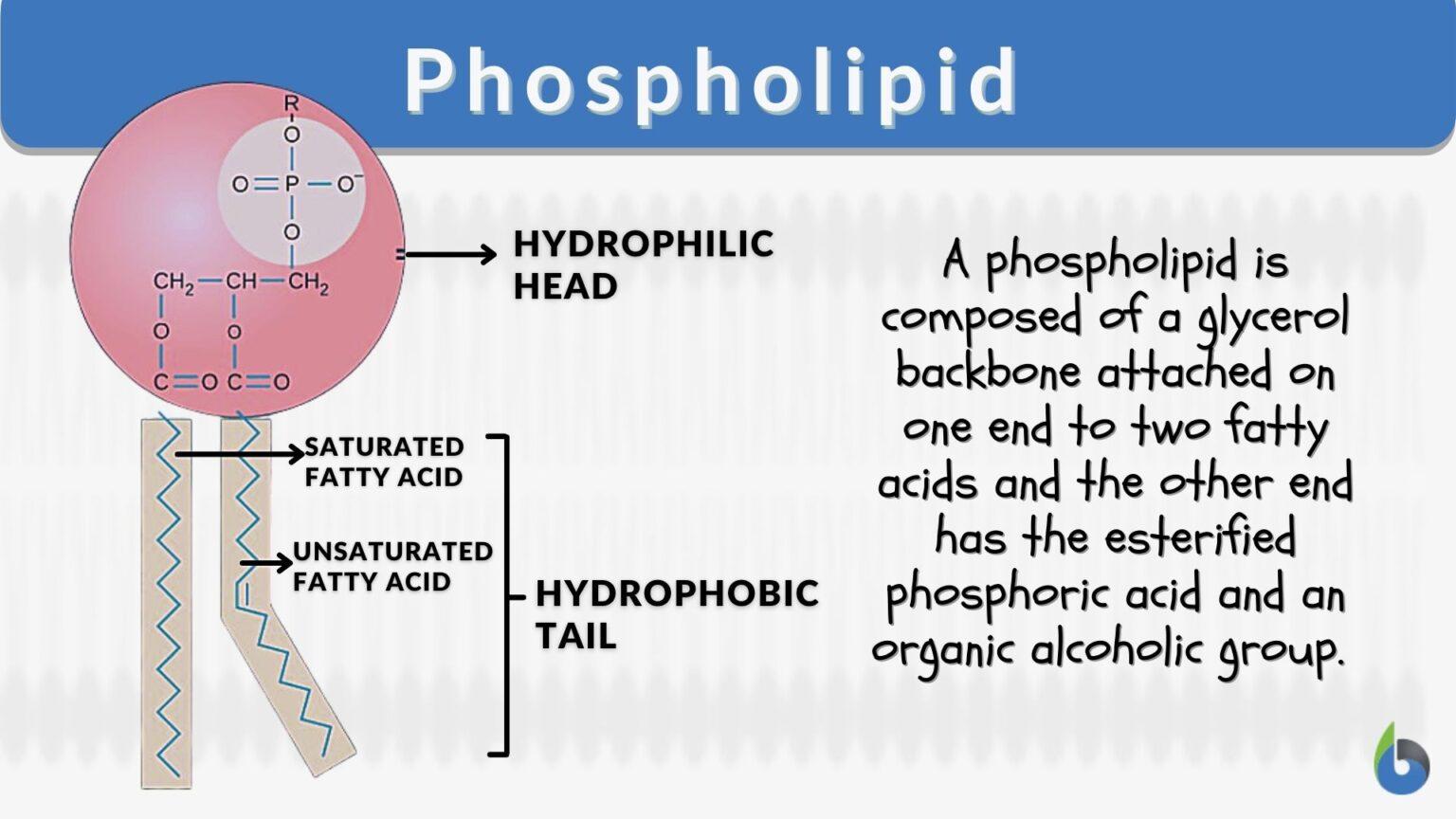
+Phospholipid-+label+the+structures+on+your+foldable!.jpg)
